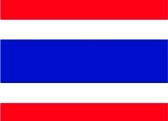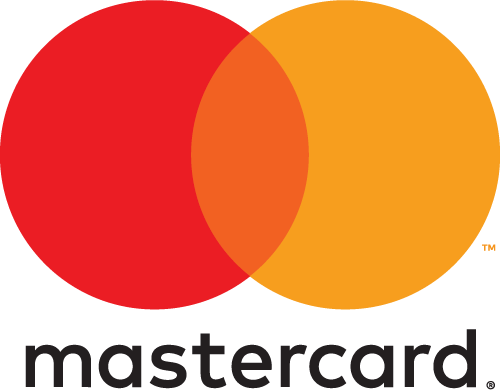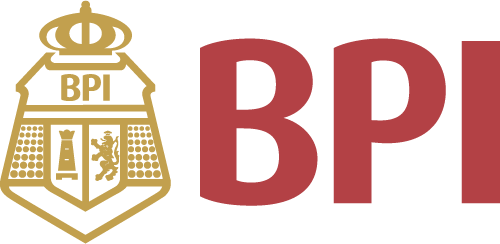All Categories



Introduction to Classical Mathematics I: From the Quadratic Reciprocity Law to the Uniformization Theorem (Mathematics and Its Applications, 70)
Share Tweet
Get it between 2025-01-22 to 2025-01-29. Additional 3 business days for provincial shipping.
*Price and Stocks may change without prior notice
*Packaging of actual item may differ from photo shown
- Electrical items MAY be 110 volts.
- 7 Day Return Policy
- All products are genuine and original
- Cash On Delivery/Cash Upon Pickup Available

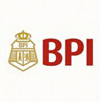




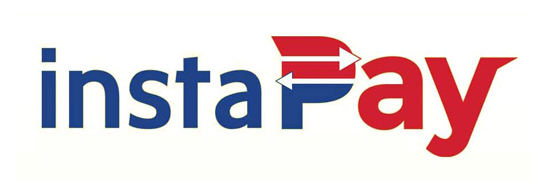

Introduction to Classical Mathematics I: From the Features
-
Used Book in Good Condition
About Introduction To Classical Mathematics I: From The
Review ` Recommended for all libraries, this single volume may fill many gaps in smaller collections. ' Science & Technology `The book is well-written, the presentation of the material is clear. ... This very valuable, excellent book is recommended to researchers, students and historians of mathematics interested in the classical development of mathematics. ' Acta Scientiarum Mathematicarum, 56:3-4 Product Description 6Et moi, ..., si j'avait su comment en revenir, One service mathematics has rendered the human mce. It has put common sense back je n'y serais point alle.' Jules Verne where it belongs, on the topmost shelf nCllt to the dusty canister labelled 'discarded non sense'. The series is divergent; therefore we may be able to do something with it. Eric T. Bell O. Heaviside Mathematics is a tool for thought. A highly necessary tool in a world where both feedback and non linearities abound. Similarly, all kinds of parts of mathematics serve as tools for other parts and for other sciences. Applying a simple rewriting rule to the quote on the right above one finds such statements as: 'One service topology has rendered mathematical physics ...'; 'One service logic has rendered com puter science ...'; 'One service category theory has rendered mathematics ...'. All arguably true. And all statements obtainable this way form part of the raison d'etre of this series.



